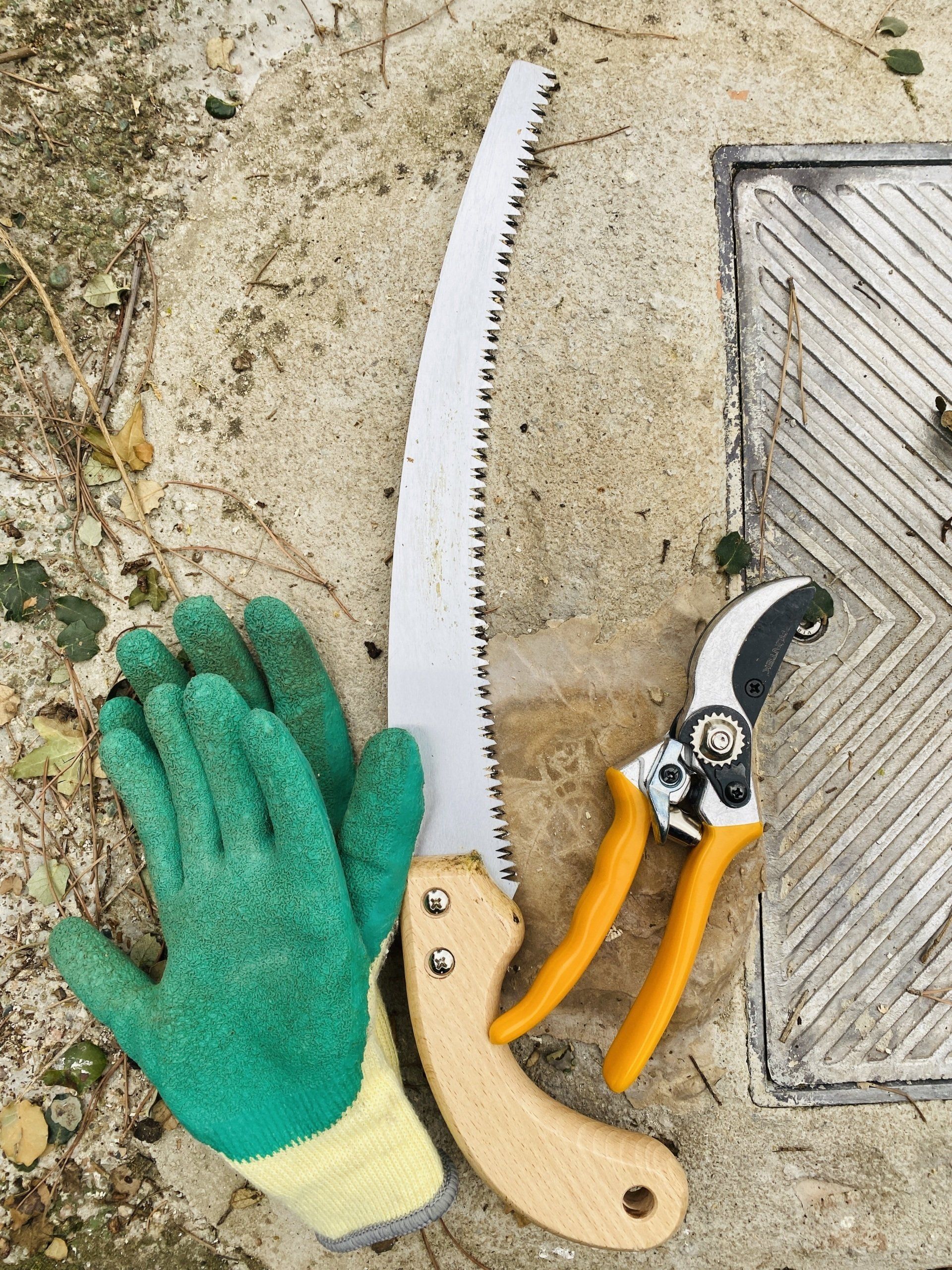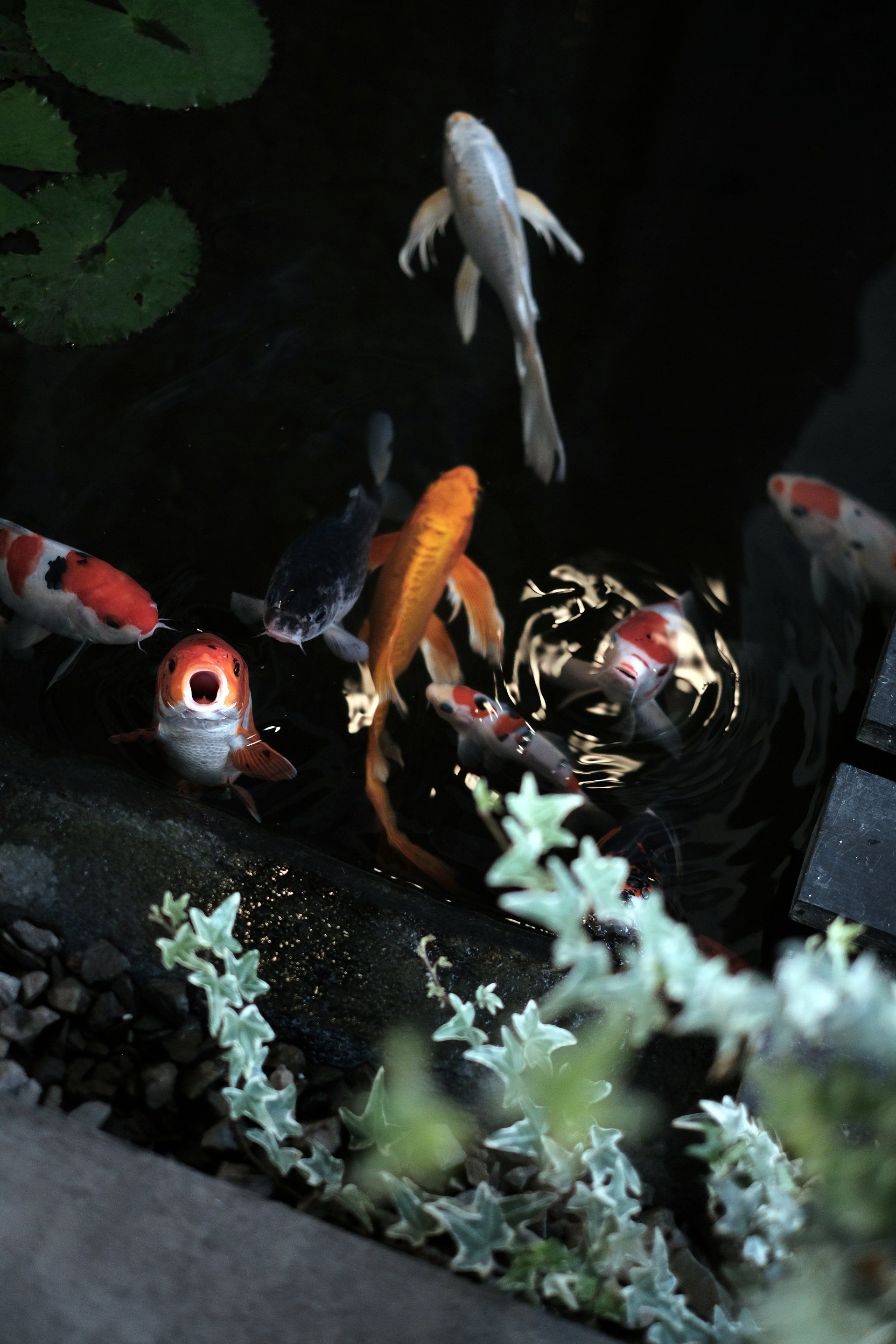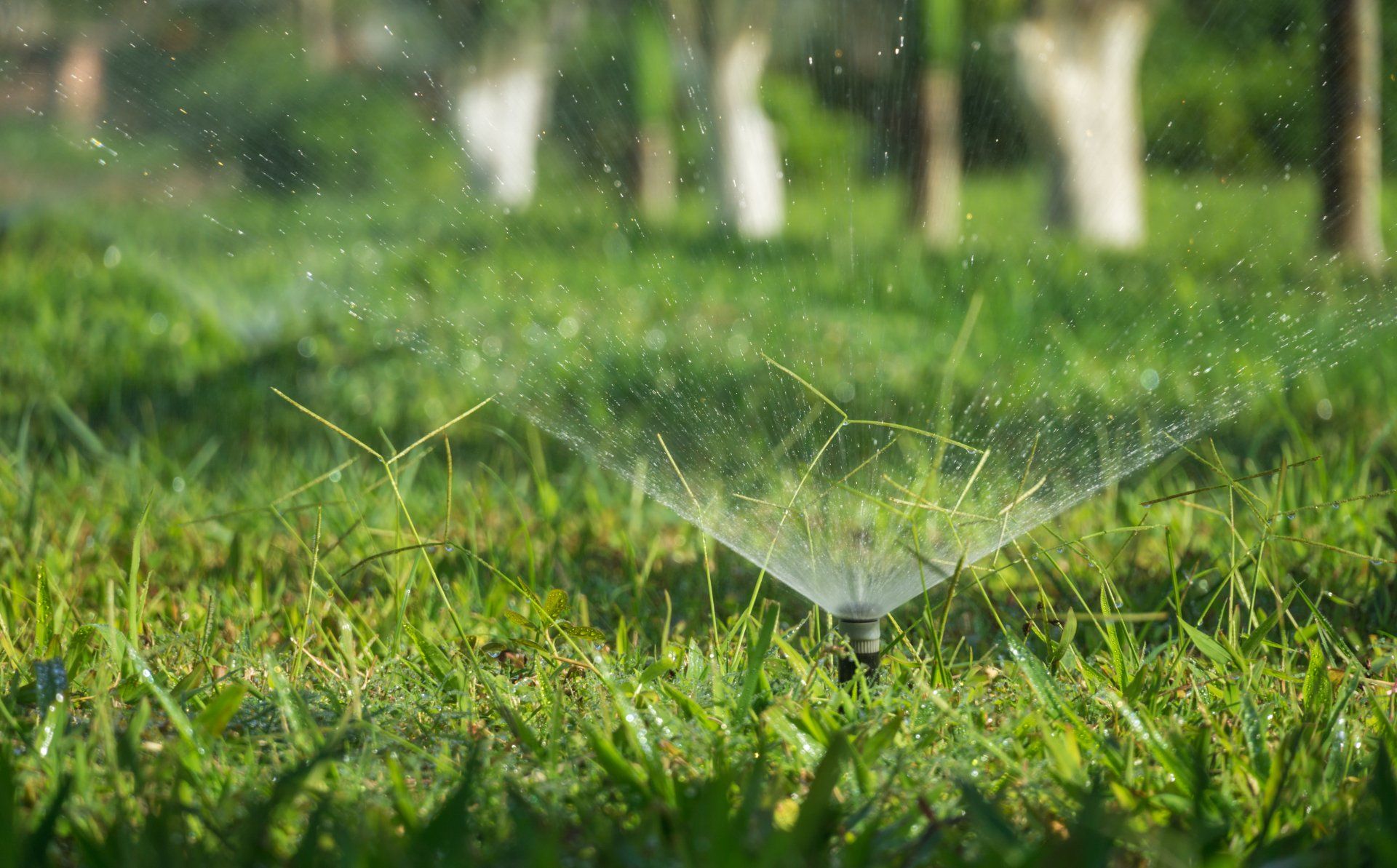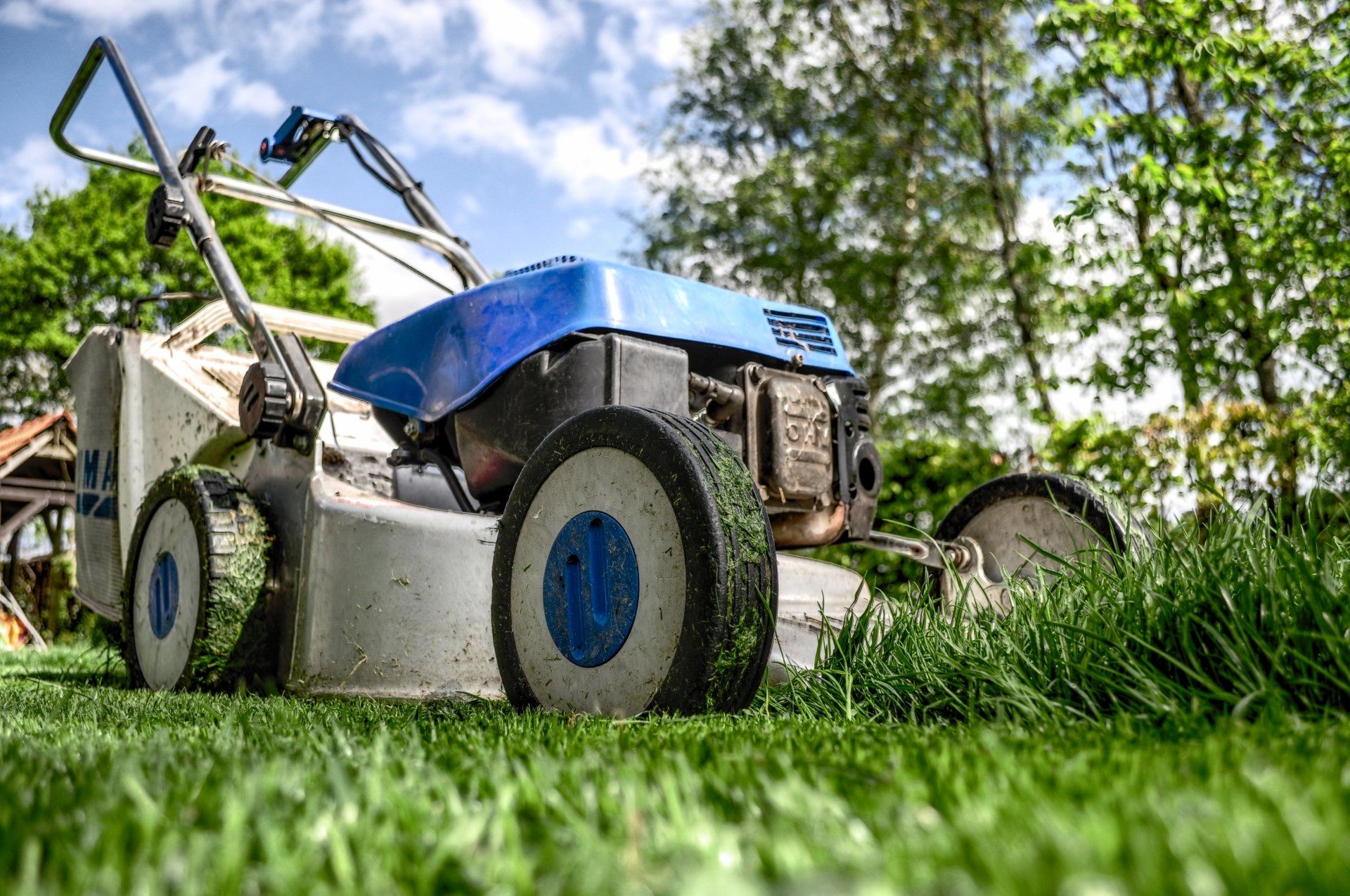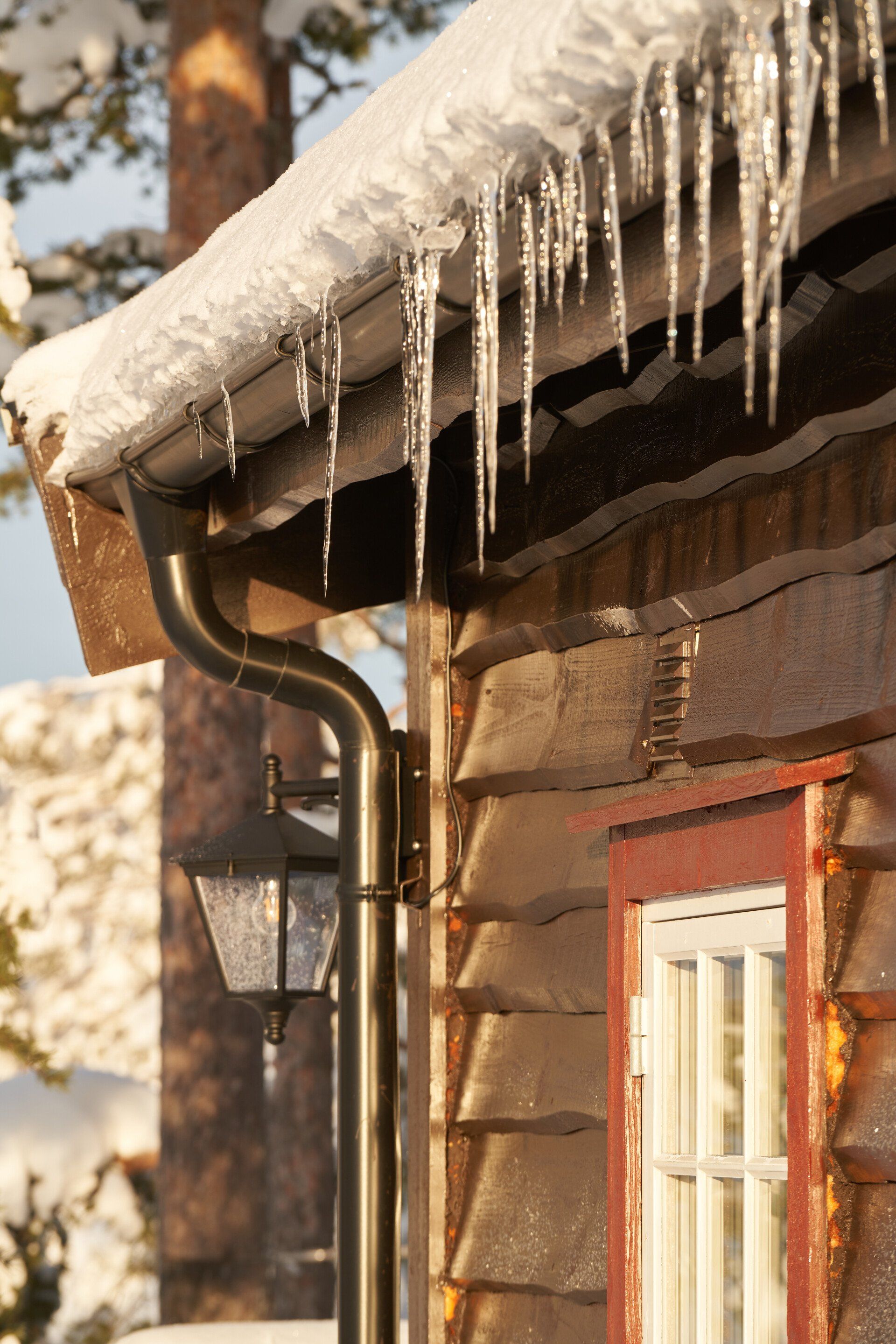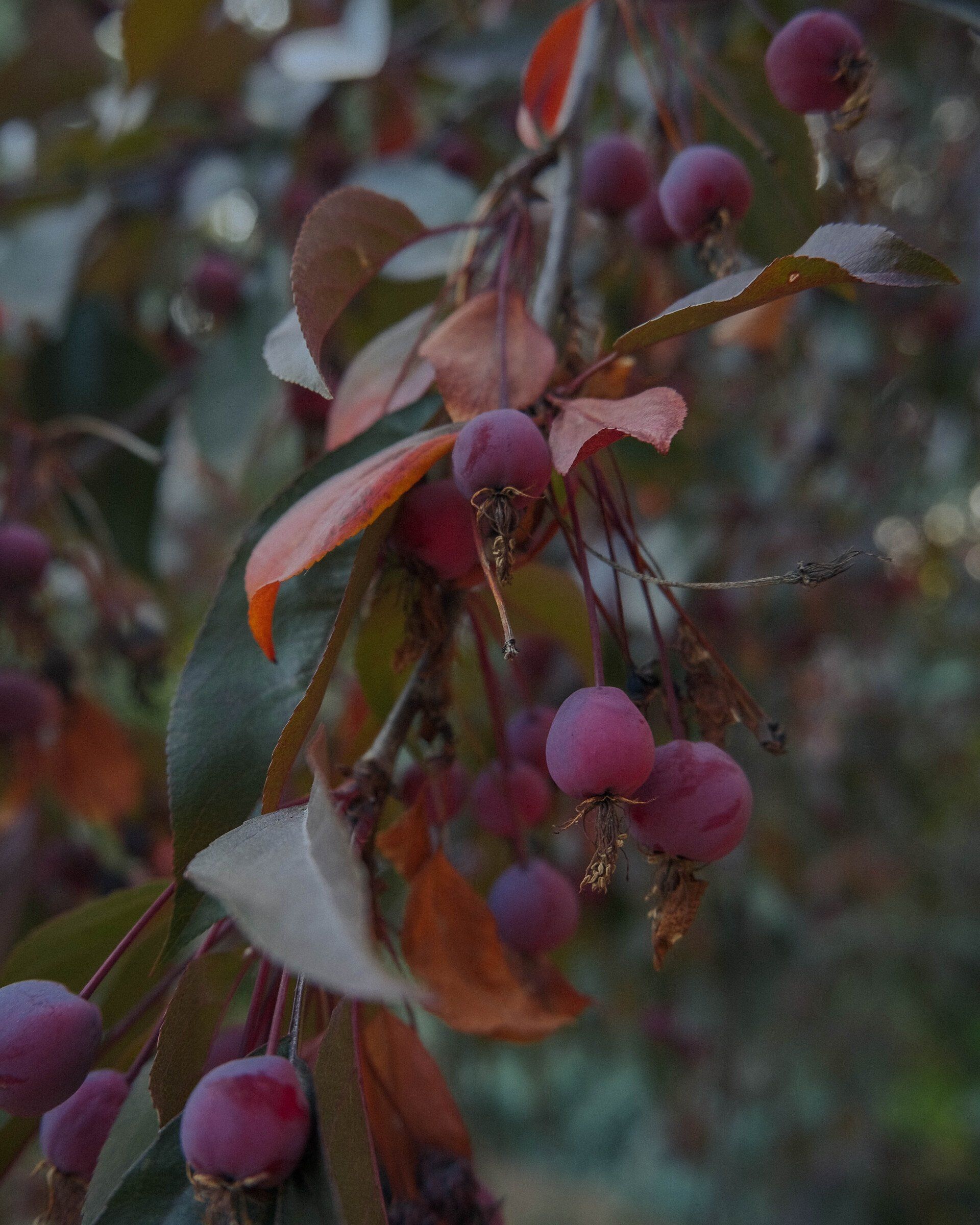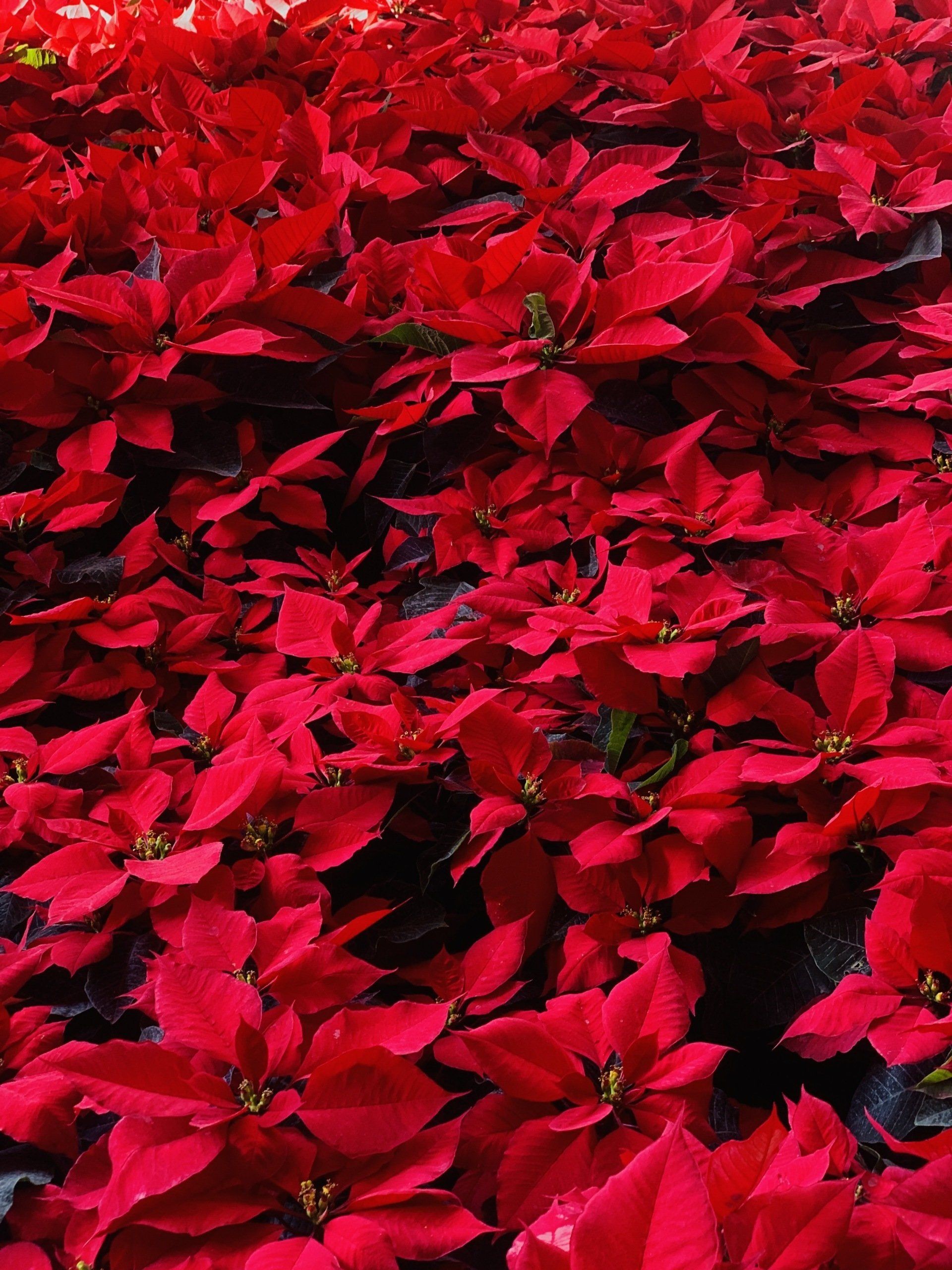Winter Yard Maintenance Checklist
November 8, 2021
Winter Yard Maintenance Checklist
It's possible that you're going on snowmobiles, skiing, hiking and engaging in other things to do in the great nature this winter. However, don't put off yard maintenance simply because you're having fun. Make sure your yard is protected to spring by using these handy winter yard maintenance checklists that are suitable for snowy and non-snowy weather.
Winter Yard Maintenance for snowy climates
If you reside in Canada or in the Northern United States, follow this checklist:
- Do the winter cleaning by removing dead leaves and other debris If you weren't able to get the time to tidy your garden in autumn.
- Make sure you are on top of the removal of snow and ice melting efforts to ensure that your walkways and driveways secure. Be careful not to walk on grass that has been covered in snow since heavy foot traffic can compact the soil which makes it difficult for the grass to bounce back in spring.
- Install or replace your mulch in your flower beds. You can also refresh your borders when the soil isn't frozen (soil temperature greater that 32 degrees). Two to four inches mulch or straw, bark leaves or bark insulate the soil and helps to limit root damage caused by freeze-thaw cycle.
- Get rid of dead, diseased or injured plants. It is best to wait until spring before replacing them.
- Transfer potted perennials indoors when possible, or plant them in the ground.
- Protect sensitive flowers using burlap, or the frost-proof fabrics to guard against damage from freezing.
- Prune dormant trees and plants. Take branches that are diseased or dead first. After that, beginning at the center and working out reduce the canopy in order to improve the circulation of air and encourage new healthy growth in the spring.
- Take annuals out of your garden after they die, their roots and everything else.
- Trim ornamental grasses to create a neater winter garden.
- Remove your outdoor Christmas lights when the season has ended.
- Apply "dormant" oil for horticulture. It kills pests that overwinter such as aphids, scale and some mites. It's more sustainable than conventional insecticides, and is not harmful to beneficial wildlife and insects.
Winter Yard Maintenance in Non-Snow Climates
If you reside in a climate where snow is not common or absent, you should follow this list:
- Mow and edge your lawn at least once per month or whenever the grass continues to grow throughout the winter months in your area.
- Overseed grass that is warm-season once the temperatures are consistently to below 65 degrees F (18 degree C).
- Take away debris and blowing off leaves once per month or when needed.
- Install or replace your layer of mulch on your flowers, and then refresh your borders. In warmer climates, this can reduce the evaporation rate, protects the roots, stifles the growth of weeds, and reduces erosion.
- Take away and replace damaged, diseased, or damaged plants to enhance the overall appearance and health the winter landscape.
- Prune trees and plants in the winter months.
- Apply winter herbicides to keep weeds under control. There are pre-herbicides that can be used for stopping the growth of weeds and post-herbicides to take care of those weeds which have already begun to develop.
- Apply the horticultural oil. It kills the overwintering insects, such as scale, aphids, as well as certain mites. It's much more sustainable than traditional insecticides and is not harmful to beneficial wildlife and beneficial insects.
- Trim rosebushes or shrubs, as well as other perennials to about a couple of inches higher than the ground.
- Eliminate dead blossoms from the annual flowers, also known as deadheading.
- Apply fertilizer to your perennials and lawn every season.
- Check or replace the the irrigation systems to ensure maximum efficiency in accordance with the watering requirements of your yard.
- Remove your outdoor Christmas lights when the season has ended.
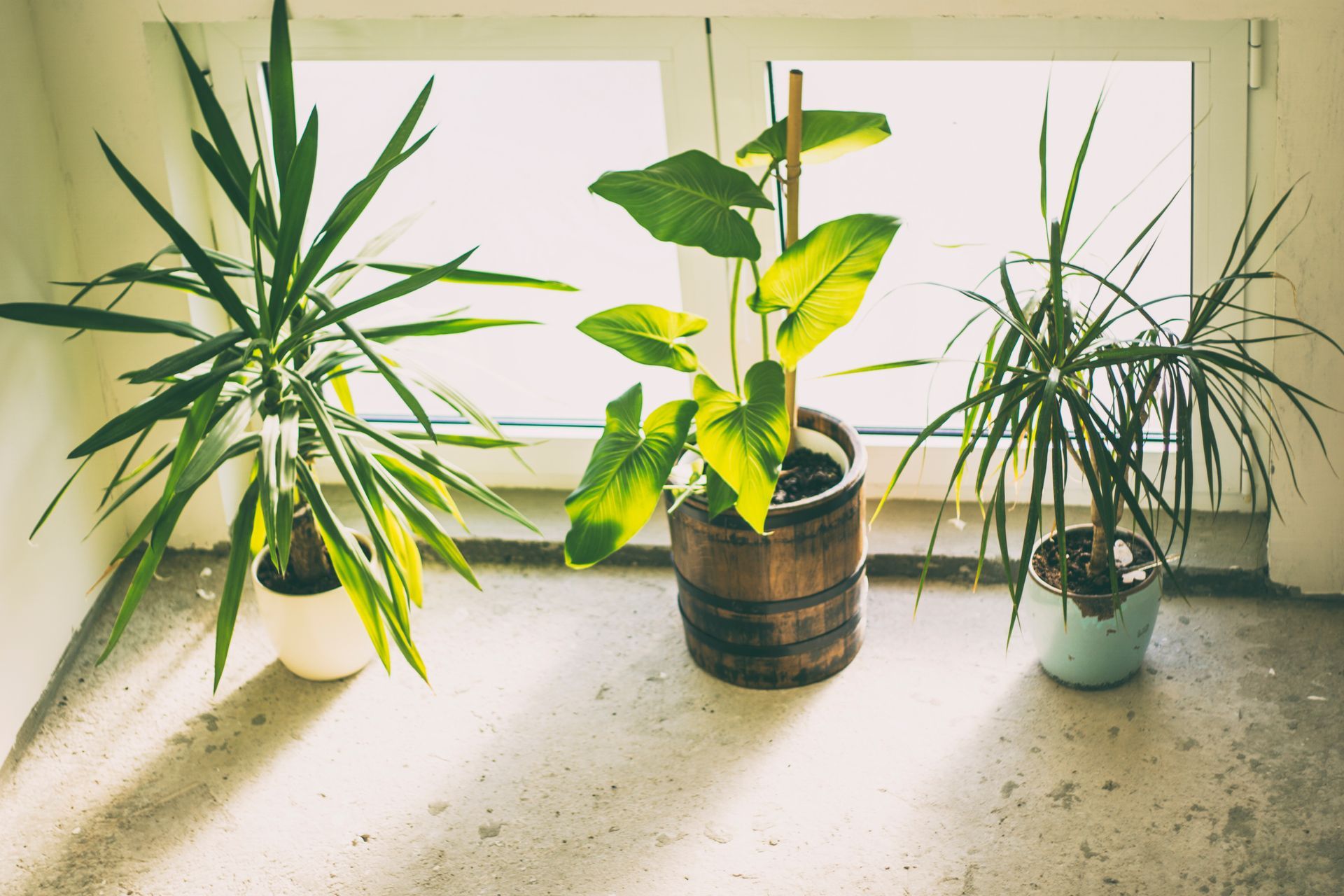
The summer heat is too intense for many plants to endure. They cease flowering, get scorched, or lose their leaves and succumb to the scorching summer heat. If you're passionate about growing plants and don't want to see your plants suffer under the scorching heat, then bring them inside for cooling comfort.

If you value curb appeal, power washing might be the solution to reveal the natural beauty of your home. Power washing can clean up the exterior of your house and the hardscaping that surrounds it, including algae-stained roof shingles, cobwebs in the eaves, and bird droppings that are deposited on the sidewalk.

Interior landscaping refers to the installation and planning of plants, water features, rocks, and other natural elements in order to create a pleasant indoor environment. Designers use elements such as texture, color, shape, and lighting to create ornamental structures that complement the building's layout.

